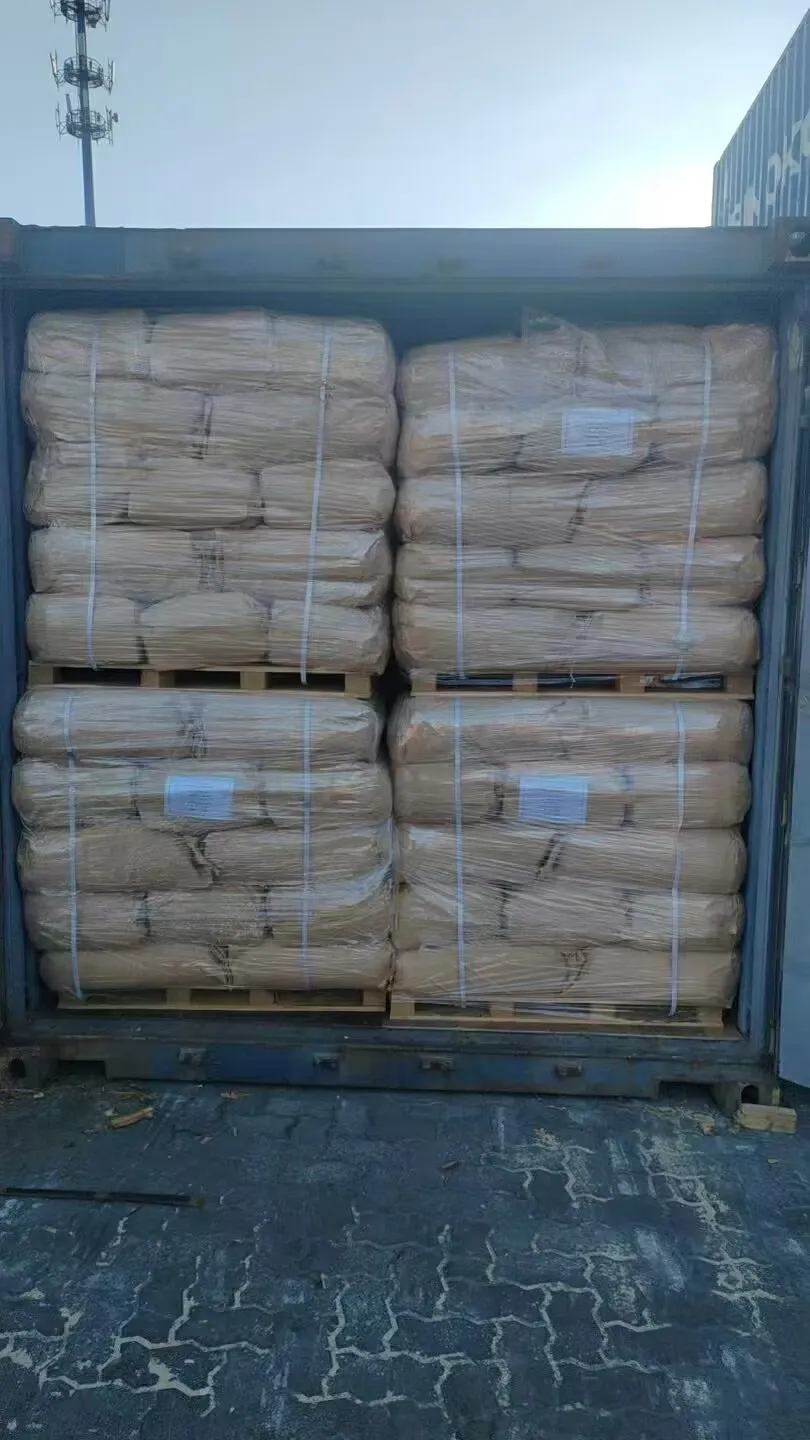The chemical compound 1,3-dimethylurea (CAS 96-31-1) has emerged as a critical intermediate in modern pesticide synthesis, playing a pivotal role in the production of several important classes of agricultural chemicals. This derivative of urea, also known simply as dimethylurea, possesses unique chemical properties that make it particularly valuable in constructing complex molecular architectures found in contemporary pesticides. The versatility of 1,3-dimethylurea use in agrochemical synthesis stems from its bifunctional nature, serving both as a building block and as a reactive intermediate in multi-step synthetic pathways. As the global demand for more efficient and environmentally compatible pesticides grows, understanding the chemistry of this compound becomes increasingly important for researchers and manufacturers alike.

1,3-Dimethylurea: Chemical Properties Enabling Pesticide Synthesis
The molecular architecture of 1,3-dimethylurea provides several chemically advantageous features that account for its utility in pesticide manufacturing. The compound's urea core maintains sufficient nucleophilic character at the nitrogen centers despite methylation, allowing it to participate in condensation reactions essential for constructing heterocyclic systems common in many pesticides. Simultaneously, the methyl groups impart steric and electronic effects that modulate reactivity in desirable ways, preventing uncontrolled side reactions while maintaining the ability to participate in selective transformations.
In the context of 1,3-dimethylurea use as an intermediate, its solubility profile deserves particular attention. The compound demonstrates appreciable solubility in both polar organic solvents and water, a characteristic that facilitates its handling in various synthetic steps while allowing for straightforward purification processes. This dual solubility becomes particularly valuable when the synthetic sequence requires phase transfer conditions or aqueous workup procedures. Furthermore, the thermal stability of dimethyl urea enables its use in reactions requiring elevated temperatures, expanding the range of synthetic methodologies available to pesticide chemists.
The acid-base properties of 1,3-dimethylurea also contribute significantly to its synthetic utility. The compound can act as both a hydrogen bond donor and acceptor, enabling it to participate in complexation with various reagents and catalysts. This property proves especially useful in reactions where molecular recognition or template effects are desired, often leading to improved yields and selectivity in the formation of pesticide precursors. The balanced basicity of the urea nitrogens allows for controlled protonation-deprotonation sequences that can direct reaction pathways toward desired products.
Key Reactions of 1,3-Dimethylurea in Pesticide Intermediate Formation
The synthetic chemistry of 1,3-dimethylurea enables its transformation into several structurally important moieties found in modern pesticides. One of the most significant reactions involves its condensation with various carbonyl compounds to form imidazolinone derivatives, a class of heterocycles present in several commercial herbicides. In these transformations, the dimethyl urea molecule provides both the nitrogen atoms and the carbon framework necessary for constructing the heterocyclic core, demonstrating remarkable atom economy in the synthetic process.
Another crucial reaction pathway utilizes 1,3-dimethylurea use in the synthesis of triazinone compounds, which serve as the active components in various selective herbicides. The urea functionality undergoes cyclization with appropriate 1,3-dielectrophiles, resulting in the formation of these valuable heterocyclic systems. The methyl groups in dimethyl urea (CAS 96-31-1) play a decisive role in these transformations by preventing over-reaction and directing the formation of the desired regioisomer, showcasing the importance of careful substituent selection in intermediate design.
The compound also participates in palladium-catalyzed cross-coupling reactions, where it serves as a source of dimethylamino groups in the construction of complex pesticide molecules. This application highlights the versatility of 1,3-dimethylurea beyond traditional urea chemistry, expanding its utility into modern synthetic methodologies. The relatively mild conditions under which these couplings occur make them particularly attractive for industrial-scale pesticide synthesis, where energy efficiency and process safety are paramount concerns.
Environmental and Safety Considerations of 1,3-Dimethylurea
The use of 1,3-dimethylurea (CAS 96-31-1) in pesticide synthesis must be considered in the context of growing environmental awareness and regulatory requirements. Fortunately, dimethyl urea and its transformation products generally exhibit favorable environmental profiles compared to many alternative intermediates, contributing to the development of more sustainable crop protection solutions. The compound's ready biodegradability and low bioaccumulation potential make it an attractive choice for manufacturers seeking to minimize ecological impact.
From a process safety perspective, 1,3-dimethylurea use offers several advantages in industrial-scale pesticide synthesis. The compound's thermal stability and relatively low toxicity reduce risks associated with handling and storage, while its compatibility with various green chemistry principles enables more sustainable manufacturing processes. These characteristics have made dimethyl urea (CAS 96-31-1) a preferred intermediate in the development of pesticides that must meet increasingly stringent regulatory standards worldwide.
The role of 1,3-dimethylurea in enabling atom-efficient synthetic routes also contributes to its environmental credentials. By serving as a compact source of multiple functional groups in pesticide synthesis, the compound helps minimize waste generation and reduce the overall material intensity of agrochemical production. This aspect becomes increasingly important as the industry moves toward greener manufacturing practices and circular economy principles.
Future Perspectives and Research Directions in 1,3-Dimethylurea
The future of 1,3-dimethylurea use in pesticide synthesis appears promising, with several emerging applications currently under investigation. Researchers are exploring novel transformations that could further expand the utility of dimethyl urea (CAS 96-31-1) in constructing next-generation crop protection agents. One particularly active area involves the development of catalytic processes that leverage the unique properties of 1,3-dimethylurea to access previously challenging molecular architectures.
Advances in continuous flow chemistry are also opening new possibilities for 1,3-dimethylurea use in pesticide manufacturing. The compound's solubility characteristics and reactivity profile make it well-suited for these modern production methods, which offer advantages in terms of efficiency, safety, and scalability. This alignment with process intensification trends suggests that dimethyl urea will remain relevant as the agrochemical industry evolves.
The growing field of computational chemistry is providing deeper insights into the molecular interactions of 1,3-dimethylurea derivatives with biological targets, enabling more rational design of pesticides incorporating these structures. These developments promise to further optimize the efficacy and environmental profiles of crop protection chemicals derived from this versatile intermediate, ensuring its continued importance in agricultural chemistry for years to come.

